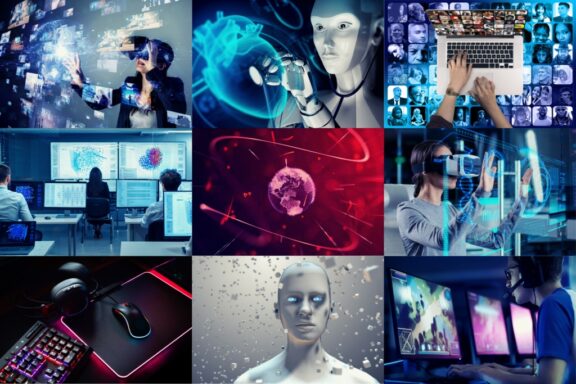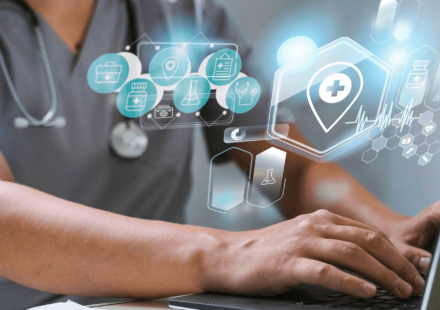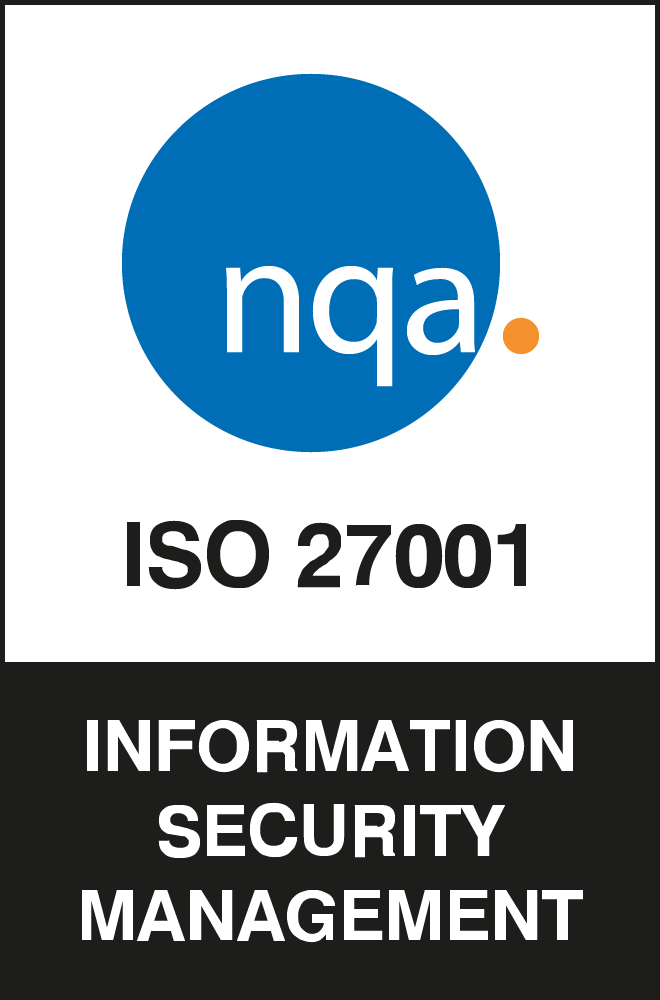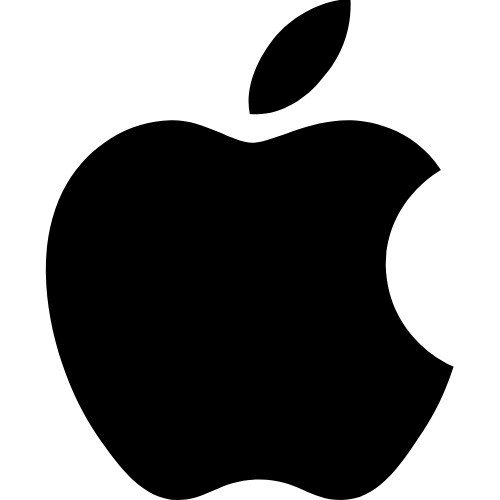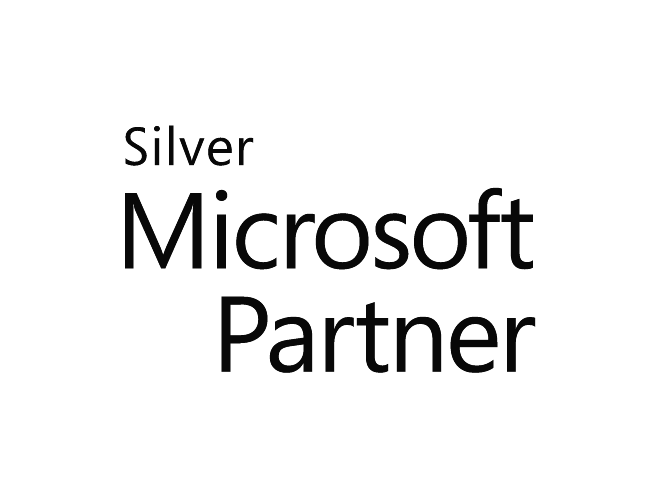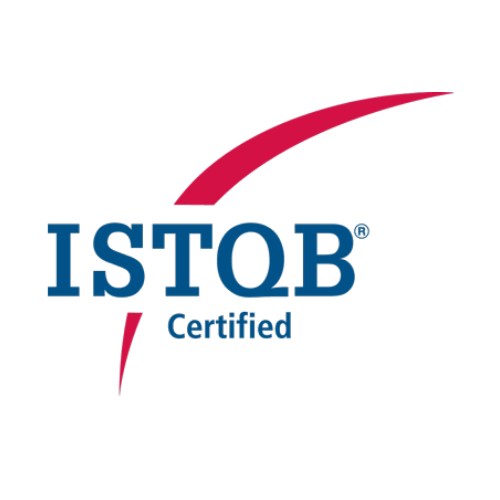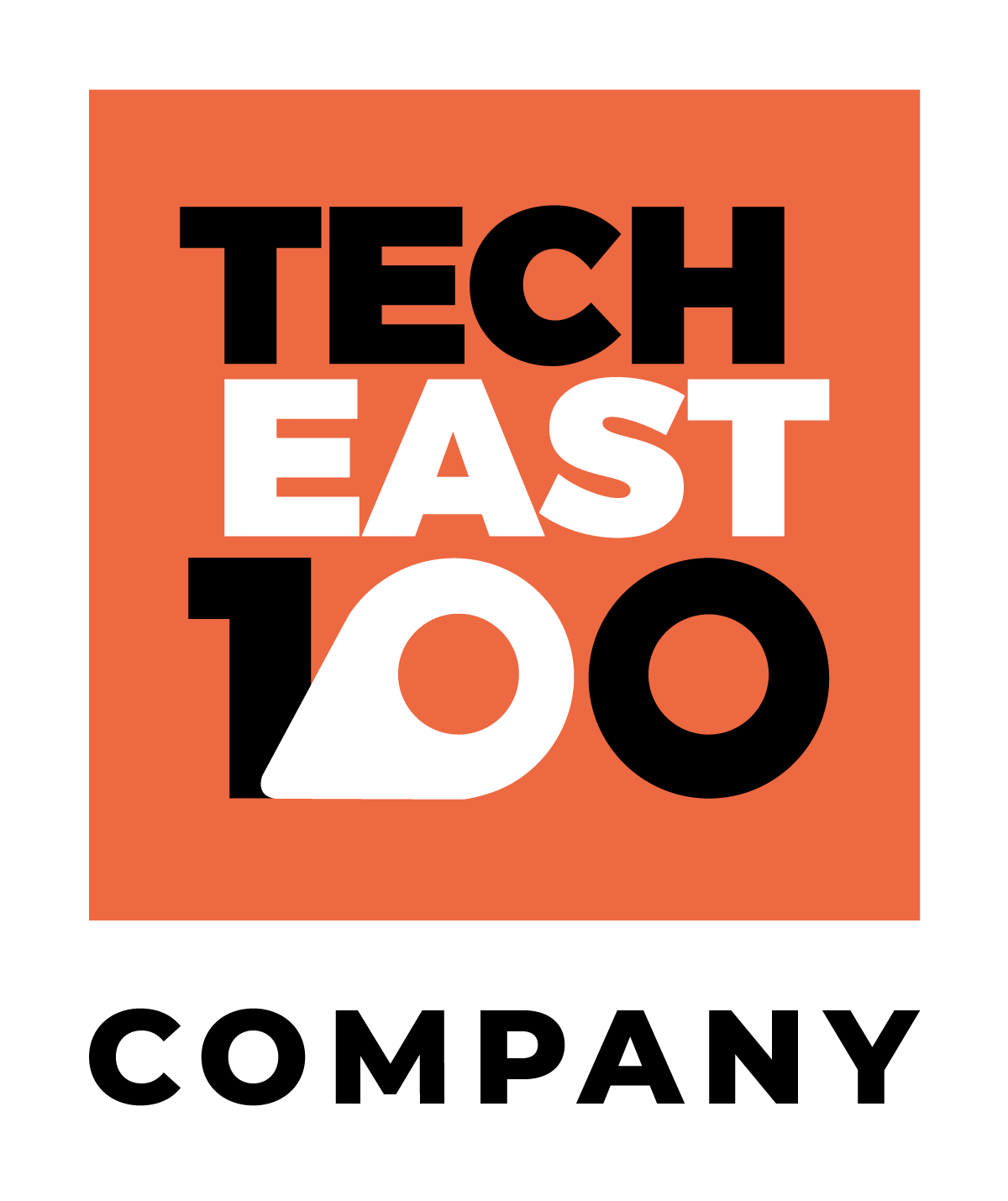In life, technology drives everything we do, the way we work, share information, entertain ourselves and so much more.
As an industry professional you will know just how crucial understanding the most relevant technology trends is for staying ahead of the curve and making the best decisions for your business and your clients.
Covering human augmentation, digital twins and so much more, this article will serve as your essential guide to keeping up to date on 2023’s top trending tech.
What are the technology trends for 2023?
Human Augmentation
Human augmentation seems like the most sci-fi term in this list and entails exactly what you would expect: the input of technology into or onto your body to achieve cognitive and physical improvements.
The ways in which human augmentation can improve the body are vast: Sensory augmentation such as a cochlear implants restore hearing without the need for an external hearing aid, whilst brain augmentation, such as Elon Musk’s Neuralink project, aims to allow humans to interact or communicate with computers by thought.
Moreover, robotic exoskeletons are being developed to assist humans with lifting heavy objects and are a prime example of appendage and biological function augmentation in an occupational context.
This technology could see construction workers or firefighters able to easily lift items which would previously have required large, heavy-weight machinery, often inaccessible in time sensitive situations such as to retrieve a person trapped under a heavy object following an accident or a natural disaster.
It would not be unreasonable to believe human augmentation, the closest integration between mankind and technology, is our greatest technological advancement to date and the next step in human evolution.
Artificial Intelligence
The year 2023 will see 23 million jobs created as a result of advancements and the growing need for research into developing artificial intelligence.
Put simply, artificial intelligence (or AI) is the computer science concerned with building smart machines capable of performing tasks that typically require human intelligence.
Put simply, artificial intelligence (or AI) aims to equip machines or computers with technology advanced enough to replicate or simulate human intelligence, eventually reducing the requirement for human input and continually improving its decision-making processes to bring about more favourable results from the last decision it made.
Machine Learning
Often used incorrectly as a synonym for artificial intelligence, machine learning focuses on building systems which automatically improve themselves over time as opposed to artificial intelligence which aims to mimic human intelligence in a broader sense.
However, this is not to say that the two are not intrinsically linked, machine learning is an aspect of, and a key tool expected to help scientists achieve artificial intelligence.
By 2022, the machine learning market is expected to grow by $8.81 billion.
Democratisation of Expertise
Democratisation of expertise essentially means increased ease of access to technical or business expertise without long and expensive learning, long story short, people from all walks of life, ages and economic backgrounds can contribute to technological innovation within being held back by socioeconomic barriers or lack of advanced education.
This greater access to technology and the information relating to it of course drives improvements and advancements at an exponential rate, reducing the time research and development into new technology would normally take due to the increased number of people working towards a common cause.
IoT
The Internet of Things refers simply to the connectedness of everyday objects in our lives to the Internet and their potential to communicate with each other. Some examples you’ll probably be familiar with are smart home security systems and connected appliances like smart fridges.
The capabilities resulting from the growth of IoT include the emergence of smart cities where essential repair projects (such as structural damage to roads or bridges) are automatically detected and scheduled for restoration, improved traffic management and crime reduction.
Huge growth is expected to be seen in technology related to the Internet of Things (IoT) with the number of IoT devices expected to reach 30 billion in 2023 and is expected to require 200,000 more IT workers.
Edge Computing
Following on from its predecessor, cloud computing, edge computing offers improved performance, reduced operational costs and increased reliability.
As opposed to data being collected and stored in a centralised data centre with cloud services such as Google Cloud, edge computing stores the information closer to the outer edge of the network where the data is generated and gathered.
Edge computing is vital for IoT, with more and more devices being designed with internet connectivity, it’s essential that edge computing is utilised to avoid overwhelming existing infrastructures and to keep up with the ongoing demand for faster, more efficient services.
As expected, this technology is on track to be a huge area of growth, with the global edge computing market set to reach $6.72 million by 2022 (simplilearn.com.)
Digital Ethics in Relation to Data
In response to growing concerns about data management and privacy, interest in transparency and traceability is expected to increase throughout 2023 and onwards in order to strengthen consumer trust in how organisations collect and manage personal data.
We can expect to see organisations communicate ideas of openness and accountability in relation to their data collection and management practices.
Human Experience Platforms
For many, human experience platforms mark the beginning of an exciting new era in human-computer interaction, whereby AI powered computers can monitor a user’s characteristics such as tone of voice to better understand human emotions, values and desires.
Retailers are already beginning to take advantage of this technology to personalise the de-escalation responses customer service bots give, based on the mood and detectable frustration level of the customer.
In an occupational context, advancements in this area could reduce the occurrence of mistakes and workplace accidents by detecting when a worker is too tired to work at optimum capacity and alerting them to take a break.
With human experience platforms, the possible applications really are unlimited and could change the way we interact with technology in the future.
Robotic Process Automation
RPA or Robotic Process Automation refers to software which automates repetitive, rule-based, human activities such as data entry, order processing or customer service responses.
The clearest benefit of implementing RPA is a reduction in the time spent by workers on repetitive, monotonous tasks allowing them to allocate more of the working day to higher value, more important tasks and in theory, entirely eliminating the need for jobs which revolve around data entry, the impacts of which on the unemployment and the shape of job market go without saying.
Digital Twins
A digital twin is a simulation whereby a perfect copy is made of a physical item or environment in digital form, allowing us to simulate conditions quickly, predict accurate results, and make adjustments to the original physical item or environment with a drastically reduced risk of failure or fault.
The concept of simulation is certainly not a new one, but this year we can expect to see huge leaps in detail and reliability.
A digital twin of a factory, for example, if fed with operational data could be used to predict the likelihood of its production machinery becoming damaged within a specified time period, ensuring a replacement can be issued before this happens.
According to research by MarketsandMarkets, the digital twins market was worth $3.8 billion last year and is projected to reach $35.8 billion in value over the next five years.
What is the most advanced technology today?
The most advanced technology today is artificial intelligence.
One of the reasons it is the most advanced is because it is the main piece of technology that can be integrated both in a business environment and a home environment, with many consumers already becoming increasingly interested in the sector. The second reason is because it is highly transferable and can integrate with other aspects of technology.
Typically, artificial intelligence is most commonly known by people as the voice control aspects of our lives through home speakers with Alexa and Siri functionalities. However, there is so much more to the trend, as it also covers self-driving cars, image recognition software and robotics.
All these other aspects are currently trending and wouldn’t be possible without the use of artificial intelligence. Without the developments in AI someone of the other trending technologies may not have even been thought of yet.
Not to mention, even people with limited knowledge or interest in technology are still following the changes and developments surrounding artificial intelligence as it is a software that is going to enable people to change the way they live their daily lives.
Artificial intelligence is also going to revolutionise many businesses and make the way they operate more efficient and more successful. It is likely that in the long-term, businesses will be able to benefit from reduced costs by using artificial intelligence as there will not be the need for as many employees to do a certain job.
There are many companies all around the world that are involved in the development and innovation of artificial intelligence, making it a much more improved technology trend as well as making it available in more formats allowing people to use artificial intelligence for a wider range of tasks.
What is next for technology?
Undeniably, 2023 is undeniably expected to be an incredibly promising start to a decade which is anticipated to hold the technological developments to alter aspects of our lives and revolutionise the way humans interact with computers in the future.
Perhaps a stand-out consequence of many of the advancements covered in this article is a mass reduction in human involvement in simple processes, which will no doubt drastically manipulate the future job market, particularly for those who work in industries which currently rely heavily on manual labour as automation and machine processing grows in popularity.
If you have an innovative idea in technology and want to make it a reality, because after all, we have just outlined the possibilities then get in touch. We can build software as well as mobile apps and other types of technology.
